Table of Contents
- Introduction to Blackened Seasonings
- What Is Blackened Seasoning?
- Homemade Blackened Seasoning Recipe
- The Spice Composition of Blackened Seasoning
- How to Use Blackened Seasoning
- Top 5 Tips for Using Blackened Seasonings
- Buying Guide: Choosing the Best Blackened Seasonings
- Frequently Asked Questions About Blackened Seasonings
- Conclusion
Introduction to Blackened Seasonings
Blackened seasoning is a spice blend used to create a charred crust on proteins like fish, chicken, or shrimp. It's a staple in Cajun and Creole cuisine, combining paprika, cayenne pepper, garlic powder, and other spices for bold, smoky flavor. This guide covers how to make it at home, best uses, and buying tips.
What Is Blackened Seasoning?
Blackened seasoning is a blend of spices commonly used in Southern and Creole cuisine, especially in dishes like blackened fish or chicken. The name comes from the technique of searing the meat at high heat, which causes the seasoning to char and form a dark, crusty layer on the surface.
The key feature of blackened seasoning is its intense flavor profile, combining heat, smokiness, and earthiness. It's not just about the spice—it's about creating a bold, almost dramatic taste that makes every bite memorable.
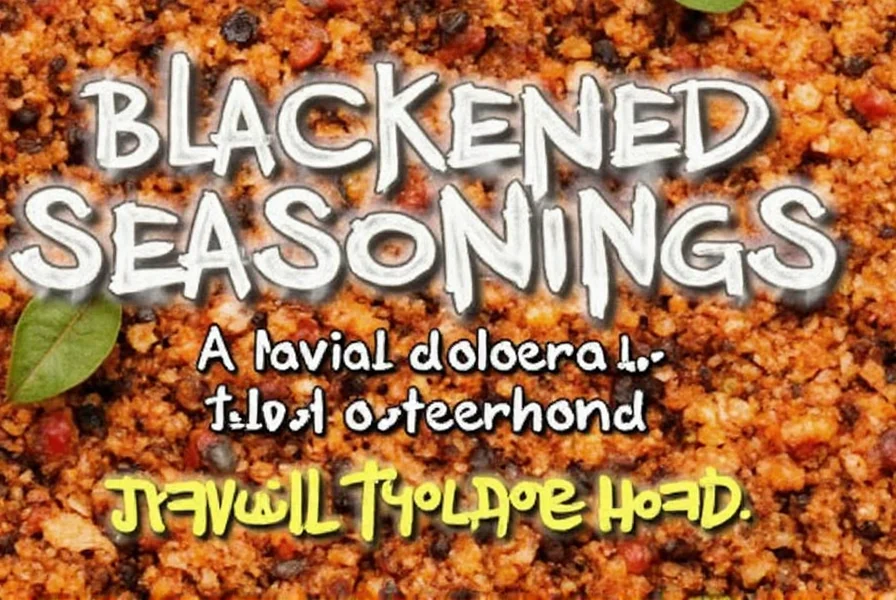
While it's often associated with seafood, blackened seasoning is versatile enough to be used on meats, vegetables, and even roasted potatoes. Its unique flavor profile makes it a favorite among both amateurs and professionals in the kitchen.
Homemade Blackened Seasoning Recipe
Creating your own blackened seasoning at home is simple and allows you to control the spice level. Here's a reliable recipe:
- 2 tablespoons smoked paprika
- 1 tablespoon cayenne pepper (adjust for heat)
- 1 tablespoon garlic powder
- 1 tablespoon onion powder
- 1 teaspoon dried oregano
- 1 teaspoon black pepper
- 1 teaspoon salt
Combine all ingredients in a small bowl and mix thoroughly. Store in an airtight container away from light and moisture for up to 6 months.
The Spice Composition of Blackened Seasoning
Blackened seasoning typically consists of a mix of common spices, each contributing its own character to the blend. Here's a breakdown of the most common ingredients:
- Cayenne Pepper: Adds the signature heat
- Paprika: Provides a sweet and smoky base
- Oregano: Offers an earthy, slightly bitter note
- Garlic Powder: Enhances depth and savory flavor
- Onion Powder: Adds a subtle sweetness and complexity
- Salt: Balances and enhances other flavors
- Black Pepper: Brings a sharp, pungent finish
Some variations may include additional spices like cumin, thyme, or even chili powder. The exact combination can vary depending on the brand or personal preference.
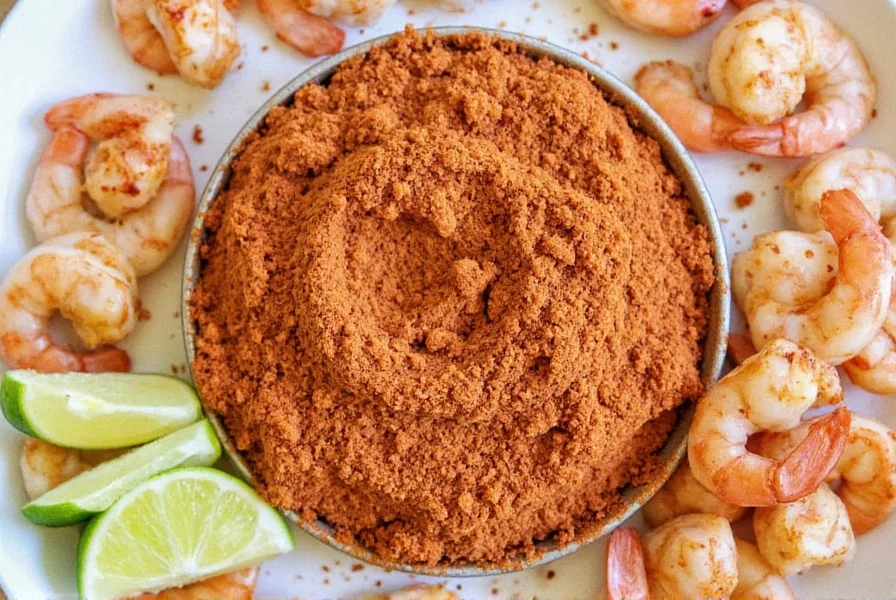
One thing is clear—blackened seasoning isn't just a one-trick pony. It's a well-balanced mix that brings together heat, smoke, and depth in every sprinkle.
How to Use Blackened Seasoning
Using blackened seasoning is simple, but there are a few techniques that can help you maximize its flavor. Here are some common ways to apply it:
- Direct Application: Sprinkle the seasoning directly onto your protein before cooking. This works great for grilling, pan-searing, or baking.
- Mix with Oil or Butter: Create a paste by mixing the seasoning with oil or melted butter. This helps the spices stick better and infuse more flavor into the food.
- Marinating: For deeper flavor, let the seasoning sit on the meat or fish for at least 30 minutes before cooking.
- Season After Cooking: Some chefs prefer to season after cooking, especially when using high-heat methods like grilling or broiling.
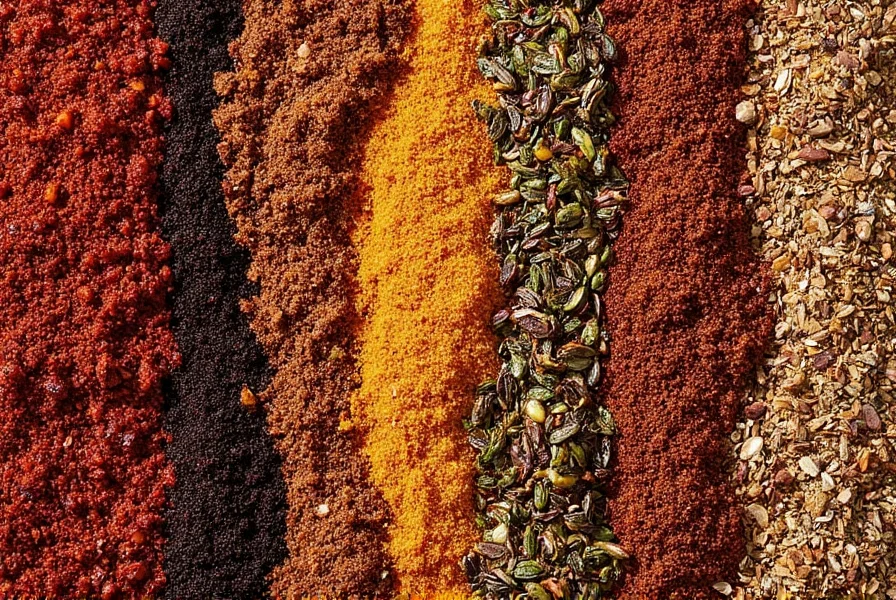
Remember, less is more when it comes to blackened seasoning. Since it's already quite strong, adding too much can overpower your dish.
Top 5 Tips for Using Blackened Seasonings
Here are five practical tips to help you get the most out of your blackened seasoning:
- Use Fresh Ingredients: Freshly ground spices give a more vibrant flavor than pre-packaged ones.
- Experiment with Heat Levels: Adjust the amount of cayenne pepper to suit your spice tolerance.
- Pair with Acidic Ingredients: Citrus or vinegar can balance the richness of blackened seasoning.
- Try Different Proteins: Don't limit yourself to fish—chicken, shrimp, and even tofu can benefit from this seasoning.
- Store Properly: Keep your seasoning in an airtight container away from moisture and light to preserve its potency.
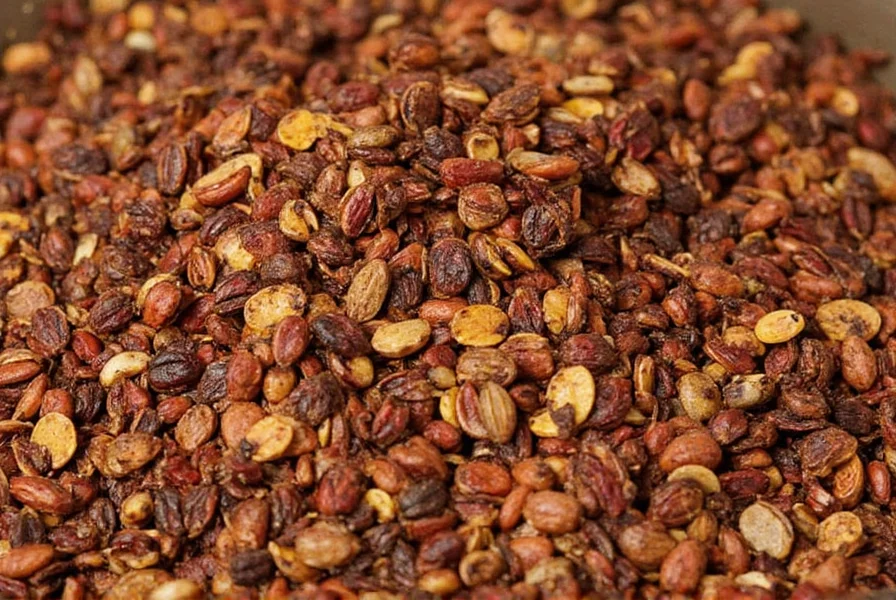
These tips will help you unlock the full potential of blackened seasonings and keep your meals exciting and flavorful.
| Product | Features | Advantages | Use Cases | Target Audience | Suitable Occasions |
|---|---|---|---|---|---|
| Original Blackened Seasoning by Zatarain's | Classic blend with paprika, cayenne, garlic, and onion powders | Well-balanced, easy to use, widely available | Seafood, poultry, vegetables | Cooking enthusiasts, home chefs | Weeknight dinners, casual gatherings |
| Spicy Blackened Seasoning by Tony Chachere's | Extra hot with added cayenne and red pepper flakes | Great for those who love heat, bold flavor | Grilled meats, stews, sauces | Spice lovers, adventurous cooks | Barbecues, themed dinners |
| Herb-Infused Blackened Seasoning by McCormick | Includes herbs like oregano, thyme, and basil | More complex flavor, great for creative cooking | Roasted vegetables, grilled chicken, seafood | Creative chefs, health-conscious eaters | Kitchen experiments, dinner parties |
| Organic Blackened Seasoning by Simply Organic | 100% organic, no artificial additives | Healthier option, perfect for clean eating | Vegan dishes, plant-based meals | Organic food lovers, eco-conscious consumers | Special diets, family meals |
| Custom Blackened Seasoning Kit | Choose your own spices and proportions | Personalized flavor, fun to experiment with | All types of dishes | Chefs, spice collectors, DIY enthusiasts | Cooking classes, holiday gifts |
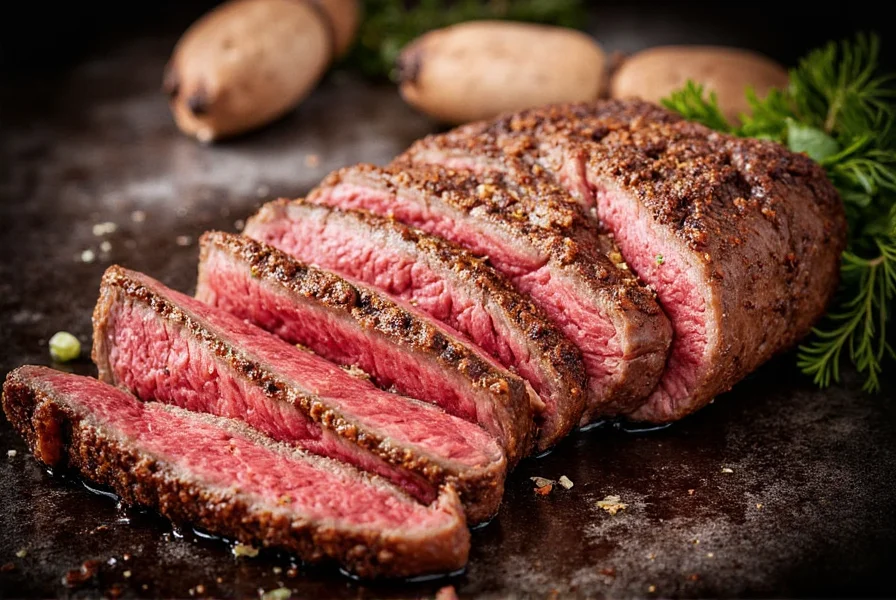
Each product has its own strengths, so consider your needs and preferences before making a purchase. Whether you're looking for a classic blend or something more unique, there's a blackened seasoning out there for you.
Frequently Asked Questions About Blackened Seasonings
What's the difference between blackened seasoning and Cajun seasoning?
While both seasonings share some common ingredients like paprika, cayenne, and garlic, blackened seasoning typically has a higher concentration of paprika for that characteristic dark crust when seared. Cajun seasoning tends to be more balanced with herbs like oregano and thyme, while blackened seasoning focuses on creating that signature blackened crust through high-heat cooking.
Is blackened seasoning extremely spicy?
Not necessarily. While many blackened seasonings contain cayenne pepper for heat, the level of spiciness can vary significantly between brands and homemade recipes. Most commercial blends offer a medium heat level that provides warmth without overwhelming heat. You can always adjust the cayenne content when making your own to suit your preference.
How should I store blackened seasoning to maintain freshness?
Store your blackened seasoning in an airtight container away from direct sunlight and moisture. A cool, dark pantry is ideal. Properly stored, homemade blends will stay fresh for about 6 months, while commercial blends typically last 1-2 years. For maximum flavor, buy in smaller quantities and replace regularly.
Can I use blackened seasoning with vegetables?
Absolutely! Blackened seasoning works wonderfully with vegetables. Try it on roasted potatoes, grilled zucchini, or even cauliflower steaks. The seasoning creates a beautiful crust and enhances the natural sweetness of vegetables. For best results, toss vegetables with a little oil first, then coat with the seasoning before roasting or grilling.
Why does my blackened seasoning burn when I cook with it?
Blackened seasoning contains sugar and paprika which can burn at high temperatures. To prevent burning, make sure your oil is hot but not smoking before adding seasoned food. For oven cooking, keep temperatures below 400°F. If burning occurs frequently, try reducing the amount of seasoning or lowering your cooking temperature slightly.
Can I make blackened fish without creating smoke in my kitchen?
Yes, though traditional blackening creates some smoke. To minimize smoke: use a well-ventilated area, turn on your exhaust fan, use a splatter screen, and consider using a cast-iron grill pan instead of direct high-heat searing. Alternatively, finish the cooking in the oven after an initial sear to reduce smoke while still getting good flavor.
Conclusion
Blackened seasonings are more than just a spicy addition—they're a gateway to bold, complex flavors that can elevate your cooking. From their rich history in Southern cuisine to their modern versatility, these seasonings have something for everyone.
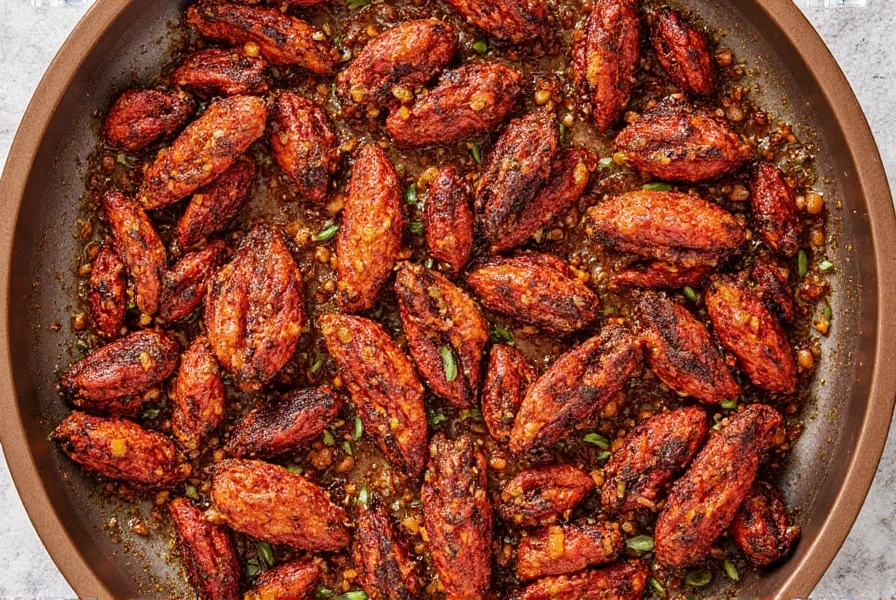
Whether you're grilling up a storm, experimenting in the kitchen, or simply looking for a new way to season your favorite dishes, blackened seasoning is a must-have in your spice rack. With the right techniques and a bit of creativity, you can turn ordinary meals into extraordinary feasts.
So why not give it a try? Your taste buds—and your guests—will thank you.

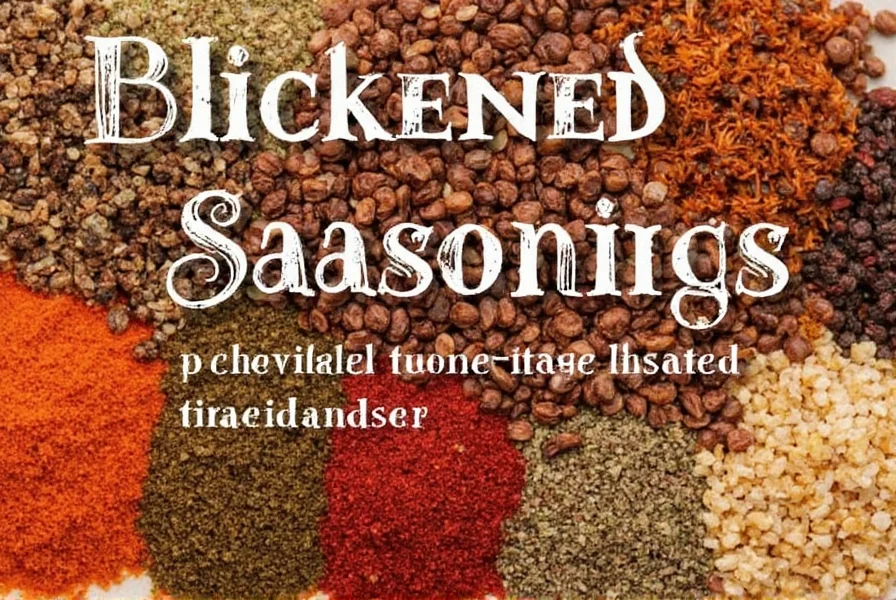









 浙公网安备
33010002000092号
浙公网安备
33010002000092号 浙B2-20120091-4
浙B2-20120091-4